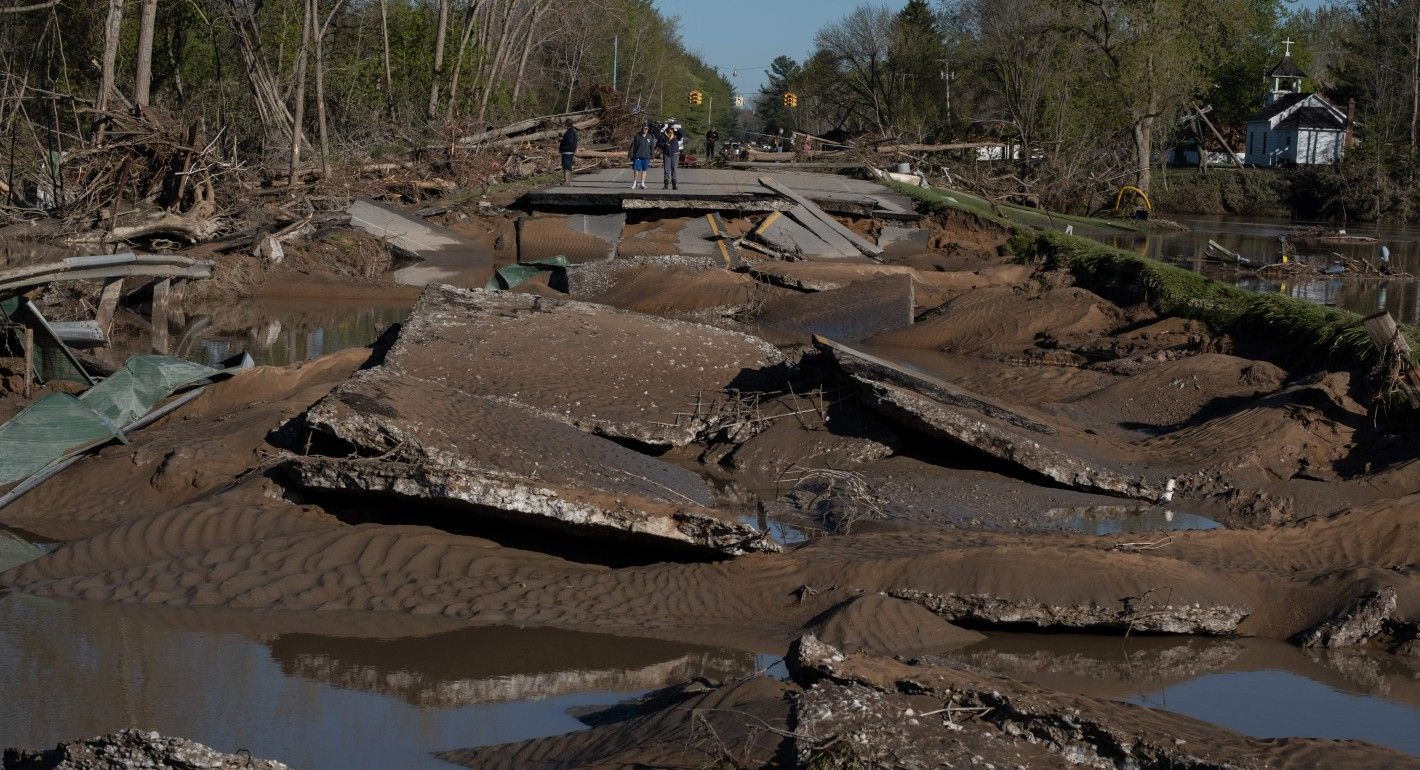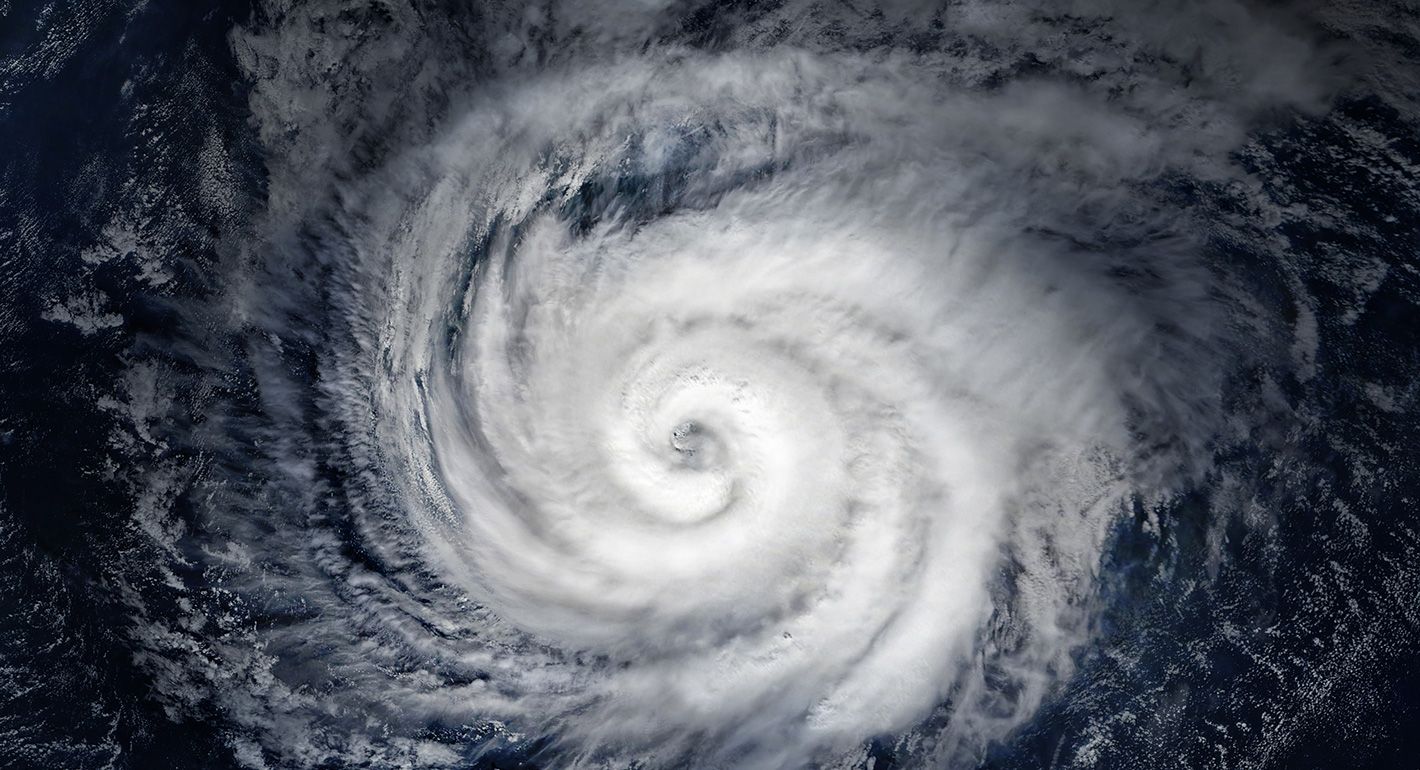For months, states have been voicing frustration with the Federal Emergency Management Agency’s sluggish pace of spending from the Disaster Relief Fund (DRF), the federal government’s main pot of money dedicated to disaster response and recovery. The current administration is deploying three different strategies to slow-walk the flow of disaster dollars to state and local governments: stalling disbursements, delaying FEMA’s emergency response function, and suspending mitigation funding.
The DRF is almost empty, and on Wednesday, state officials learned they may be waiting awhile longer for FEMA support: A proposed short-term budget in the House of Representatives punts on how much money would be appropriated for the DRF. Instead, it refers to the previous budget, adopted in March, that provided $22.5 billion for the DRF and allows continued spending “up to the rate for operations necessary to carry out response and recovery activities.”
If FEMA were operating under its typical procedures, this would be a noncontroversial provision, and spending would continue as usual for responses to major disaster events, as well as ongoing reimbursements to state and local governments for recovery efforts from past disasters. But this year, FEMA is deploying funds from the DRF in an unusual way, essentially operating as if it’s in Immediate Needs Funding (INF)—meaning that the agency prioritizes immediate, life-saving and life-sustaining response efforts instead of meeting other obligations, such as reimbursing jurisdictions for their recovery activities stemming from previous disasters—without telling the states.
Calibrating spending from the DRF isn’t the problem—it’s the lack of communication, reliable information, and policy clarity that would allow states to plan for this hurricane season and beyond. States have been left in limbo: They don’t know what they can rely on FEMA for if a disaster hits, or when—or even if—the agency will meet its funding obligations to reimburse them for past recovery spending. The move threatens the most basic promise of federal disaster recovery: that individuals and communities won’t be left to clean up on their own.
Not Business As Usual
In a June 10 briefing at the White House, Office of Management and Budget Director Russell Vought said that the DRF was “projected to get us all the way to the end of the fiscal year,” on September 30. As E&E News’s Thomas Frank reported at the time, FEMA’s own reports to Congress contradicted Vought’s confidence: The agency’s June 3 report projected that the DRF would run out of money by the end of August.
Operating in INF status is not in itself a crisis—since 2001, FEMA has entered INF status ten times. FEMA went into INF status in mid-August in 2024 and late August in 2023. Typically, FEMA clearly communicates when it enters and exits INF status so that state and local governments know what to expect from their federal counterparts, but that hasn’t happened this year.
FEMA’s July report to Congress on the DRF clearly projected that the fund would run out of money before the end of September. The August report, published September 15, showed updated figures projecting the DRF will end the fiscal year with a barely net positive balance. The administration appears to be using multiple, confusing strategies to slow down spending from the DRF to stretch the funding until Vought’s promised September 30 deadline. If they continue under a new budget, these strategies should raise concern for the states that rely on FEMA and the DRF.
Slowed Reimbursements
The first strategy is delaying reimbursements. Local and state governments front the money for disaster recovery—for needs such as debris removal and other emergency work, as well as permanent restoration of damaged roads, bridges, buildings, utilities, and parks. After they submit receipts and invoices to FEMA, they get repaid through FEMA’s Public Assistance program, which draws from the DRF. The process can take years, especially for projects that involve complex, long-term construction.
State elected officials are frustrated that FEMA has slowed down or stopped reimbursements that would draw down the DRF, without communicating to them or other local leaders why payments are delayed or when and if they’ll resume, even if the proposed seven-week budget is adopted. Waiting for reimbursement imposes a heavy burden for small jurisdictions in particular.
For example, flooding in Midland County, Michigan, in May 2020 caused nearly $200 million in damage. More than five years later, the county is still waiting on some FEMA reimbursements. In May, Michigan Representatives McDonald Rivet, a Democrat, and John Moolenaar, a Republican, sent a letter to Secretary of Homeland Security Kristi Noem requesting action on the money. “The village of Sanford, Michigan, which has an annual general budget of just over $200,000, is still working with FEMA to obtain $600,000 of their requested funds,” they said. At a September 3 House hearing, Rivet spoke about the $2 million still owed to Midland County, which includes Sanford, calling it “a small sum for the federal government, [but an] enormous sum for the people in my community.”
On September 9, North Carolina Senator Ted Budd, a Republican, broke with his party to cast a no vote on the process to move forward with the Senate’s nomination of Robert Law to be DHS undersecretary. He was clear that he was “trying to get the attention of those at DHS that are being slow to reimburse North Carolina for funds already spent,” mostly from the devastating floods from Hurricane Helene in September 2024. He continued, “You’ve got towns in Western North Carolina that have already spent over $30 million out of their own pocket, for things that are fit to be federally reimbursed.” If the Midland County floods are any indication, North Carolina may be waiting for a very long time to receive those funds.
Delayed Responses
Another concerning strategy to stretch the DRF is the delayed deployment of FEMA immediately after disasters. Carnegie’s Disaster Dollar Database project has tracked how long it takes the administration to act on governors’ disaster requests, which are typically made immediately after the event. There’s a troubling pattern: Instead of processing requests as they come in, the administration lets them pile up, then issues decisions in bulk, weeks—if not months—later. Until the federal government approves a governor’s request, no FEMA personnel are sent to the location, and those affected cannot apply for federal relief funds. This has the effect of restricting money in the short term because FEMA simply isn’t deploying, while making long-term recovery more unpredictable and potentially costly than if FEMA brought to bear its resources in the immediate aftermath of a storm.
The data show that—except for the most high-profile events, such as the Kerr County, Texas, floods in early July—FEMA is approving or denying disaster declarations roughly once every other month. Before a batch of six approvals on September 11, the last decision on a declaration request was fifty-one days earlier, on July 22. August saw a series of severe storms and flooding, concentrated in the Great Plains and Midwest, with states such as North Dakota, Oklahoma, Nebraska, Illinois, and Wisconsin waiting more than a month for a basic decision about whether FEMA would deploy to their states. As a result, these state and local governments are left to manage disasters on their own without federal support—even for immediate, life-saving needs.
HMGP Suspension
A final concerning strategy is the suspension of DRF funding for the Hazard Mitigation Grant Program (HMGP), which reimburses states for future-oriented projects that help disaster-impacted places “rebuild in ways that reduce or mitigate future disaster losses.” HMGP pays for projects such as elevating structures out of floodplains, buying risky properties, hardening buildings and infrastructure against wildfires and floods, and installing early warning systems for extreme weather. The last time the administration approved an HMGP funding request was March 18. Since then, governors have made forty-two HMGP requests, none of which has been approved.
The administration is clearly walking away from mitigation as a matter of policy—a dangerous shift. At a FEMA Advisory Council meeting last month, Noem said that “the president believes that long-term mitigation is not something the federal government should be involved in as it has been in the past.” So the suspension of HMGP funding may be serving a double purpose: stretching the DRF in the short term while also further weakening the federal role in disaster recovery as the administration pushes disaster costs and responsibility to the states.
But mitigation is what makes future recovery cheaper and keeps insurance markets stable. Operating without HMGP in disaster recovery leaves states on their own to future-proof against extreme weather, even as disasters create unique windows to adapt. Mitigation funding should be helping communities use those windows to invest in future safety, by increasing their resilience. Instead, states now face a stark choice: rebuild in ways that continue to expose them to risks, or find their own resources—through a mix of legislative appropriations, new taxes, and bonds—to build resilience without federal support.
DRF’s Future
Taken together, these strategies for stretching the DRF are an illustration of the administration’s strategy to reduce the federal role in disaster recovery, while maintaining an unstable operating environment for states and local governments who are used to relying on FEMA for disaster recovery. FEMA hasn’t communicated its policies for managing the DRF, and the proposed continuing resolution maintains the chaotic status quo.
The signs point to FEMA already operating in immediate needs status, even if the administration won’t say it out loud. That means communities hit by past disasters are waiting longer for reimbursements, states facing new emergencies are stuck in limbo, and governors trying to prepare for the next disaster are being told no. It’s a short-term triage strategy that risks long-term consequences: eroding trust in federal recovery programs, abruptly shifting financial burdens onto state and local governments, and abandoning mitigation—the very investments that make people safer from the next disaster and make future recoveries cheaper and safer.





